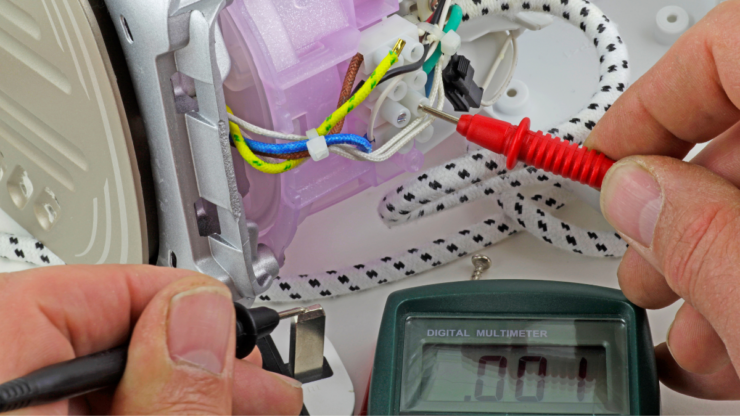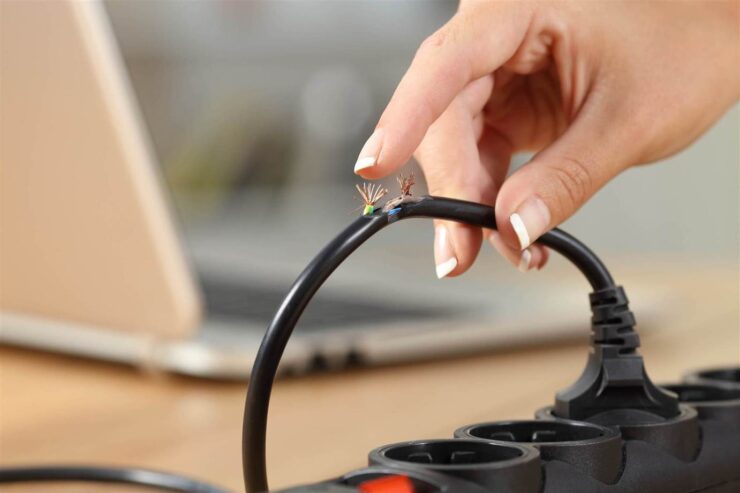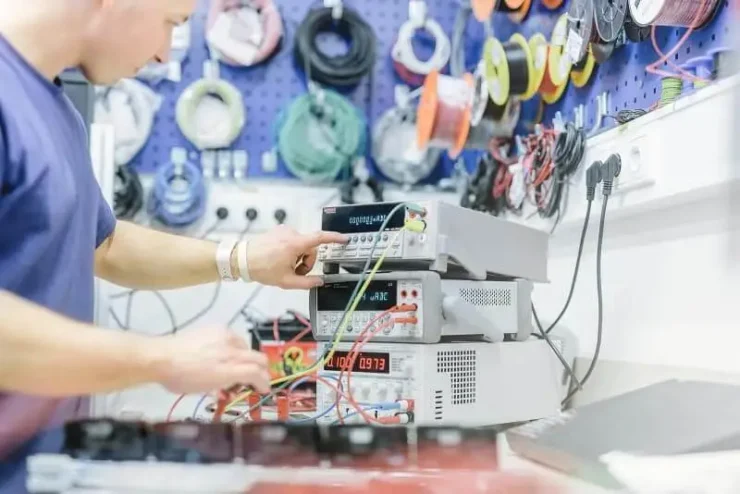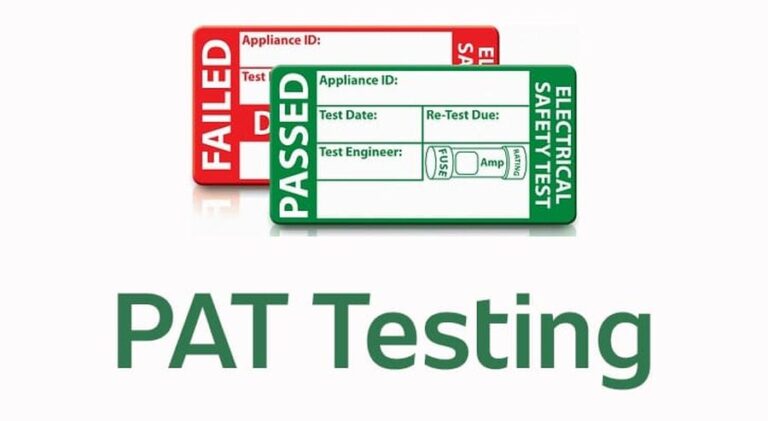Every electrical appliance must clear the PAT test before it is operated anywhere. The process involves inspecting the equipment to ensure the user’s safety. If it passes the test, operating the device and staying safe is okay. But if it fails, it needs to be replaced or repaired.
Sometimes, it can be too dangerous to handle electrical equipment that does not work as it should. Therefore, it is better to hire professional PAT testing services to inspect any electrical device to stay safe in the work environment.
Whenever this test fails, many people need to learn about the next step with that equipment. If any device is considered for repairs, then it is again tested until it passes. In this write-up, you will learn about the PAT test and what happens if any equipment fails this test.
What Happens Next After Equipment Failure?

The purpose of doing this test is to ensure the safety of people operating any electrical device. It helps in determining faulty appliances that need to be eliminated or repaired. It is better to dispose of them instead of using them and playing with hazards.
Every business gets a complete report of the test, which involves the detailed procedure, failure reasons, and suggested recommendations. At the end of the report, there is a clear mention of whether to replace or repair the device.
This report is quite satisfactory for any customer, and many of them ask for it from the manufacturing companies. As per the recommendations, you will see different proposals that suggest the appliance will be given to the specialist engineer for repair. Recommendations may vary depending on different cases.
It is necessary to check the failure reason and the repairs are done based on them. Once the equipment is checked and repaired, the test will happen again, and another report will be generated. If it still fails, then it can be disposed of later. The process may repeat if there is no scope for improving the appliance’s condition.
Know Different Reasons for the Test Failure

There can be many common reasons for test failure. You must know how to identify the faults in a device so that you can discard all the unsafe devices. The following are the common reasons for test failure reasons:
Damaged Electrical Plugs: You can determine damage in any equipment by observing its structure or physical components. It is better to check the condition of the plug. It should not have any cracks, dents, or damage. It can severely cause electrical shock and can be very dangerous. There is a possibility of failure in the PAT test if the plug is broken or damaged.
Fake or Poor-quality Cables: You can spot the fake or poor-quality cable attached to the device’s plug. It can be a manufacturing issue and needs to be replaced immediately. The earth plug is often also missing, which is unsafe for the user. It is better to avoid purchasing such cables and go for genuine ones. Many unauthorized sellers offer these cables cheaply and claim they work well to fool customers.
Wire Damage: Whenever you use any device regularly, wear and tear occur in the wires or cables. You can see the cracks clearly on your phone charging cable. The final and crucial damage stage for cable comes when you see the naked wires. To avoid getting unwanted electric shocks, you must avoid this condition. The PAT test fails when your wires start getting exposed, as it can be dangerous to use the device.
Live and Non-insulated Pins: If you have an old appliance, you will observe that the plug pins are not insulated with live pins. It can be risky to use such equipment. In new electrical appliances, you will see live pins in the plug, which avoid getting shocked. If the PAT test is done on equipment with these plug pins, it will fail, but it can be repaired by changing the plug.
Incorrect Use of Fuse: People commonly need to learn about fuses suitable for other devices. If any fuse is installed incorrectly, it can damage the whole appliance. The test will also fail. In that case, the engineer will change the fuse, and the device will turn safe.
Devices that Commonly Fail the Test

In your home, you can have many appliances that can easily fail this test. The common ones are:
- Computer Power Cords: You do not care about the open cables of your computer. With time, it started getting damaged and needed to be changed.
- Electric Kettles: It is a common device used in every house. It can easily get damaged, and you need to buy a new one.
- Extension Cables: You may need to use the extension cable once you open it carefully. It can damage due to wear and tear caused by the hustle around the cable. It is easy for the components to get loose and cause electric shock.
Other Common Reasons for the Test Failure
If you cannot detect the physical reasons for the equipment damage, then you must consider the following ones:
- Your appliance and its components are too old.
- The tools for the PAT test are also old.
- Lapsed or incorrect calibration of PAT tools.
- Unnecessary and incorrect test for the equipment.
- Inappropriate test conduction for any device.
The Bottom Line

Before you do a PAT test on any electrical equipment, you must remember all the things mentioned. Even small damages can make your device fail this test, and it is quite dangerous to use the equipment as it can cause shock. It is better to inspect your devices timely and repair them before it becomes hazardous.
If it is hard to repair, you must replace it with a new one. This way, you can stay safe and use all your electrical appliances with extra care. You can also go for professional services for inspecting or testing electrical equipment and doing further repairs or replacements.

